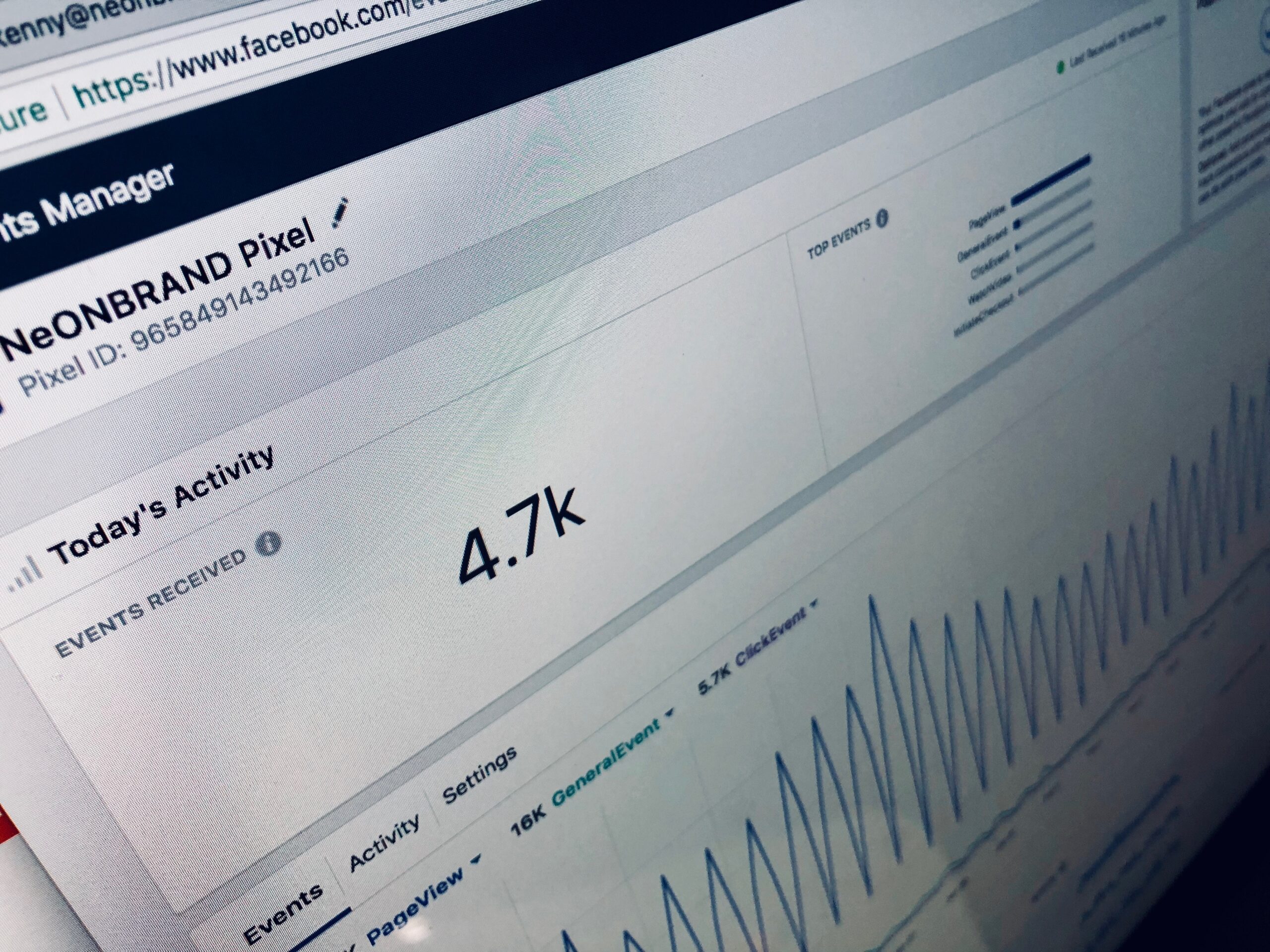Creating a balanced relationship between business and customer is essential to business growth, and effective communication is critical to achieving this. Therefore, efforts to promote stronger bonds require regular measurement of performance indices. Understandably, there are plenty of metrics for a business to track. Website KPIs such as bounce rate and average time on a page should be monitored. Likewise, email metrics such as open rates, click-through rates, and click-to-open rates require close attention. While many companies are proactive in those areas, they tend to overlook call center metrics. Call centers are providers of customer support, making them a rich source of important insights. Therefore, companies today need to pay more attention to their performance metrics.
WHAT ARE CALL CENTER METRICS?
Call center metrics are measurements used to assess the effectiveness and performance of a contact center. They are key performance indicators that provide insight into the efficiency of call center operations and, by extension, customer satisfaction. When used properly, these metrics can reveal areas for improvement while empowering businesses to make data-driven decisions.
In addition, tracking call center metrics enables companies to evaluate the efficiency and performance of their customer service departments. Ultimately, tracking contact center metrics is essential to your business as it can improve operational effectiveness, save costs, and increase customer satisfaction and loyalty. By integrating CRM software into call center systems, businesses can optimize operations and drive growth through automation and data analytics.
THESE ARE THE 7 MOST IMPORTANT CALL CENTER METRICS
Admittedly, there are plenty of call center metrics worth monitoring. Examples of measurable metrics include call volume, call wait times, average call duration, and first call resolution rates, etc. Therefore, brands need to understand and measure the KPIs that best fit their business model. Here are seven of the most critical contact center metrics that all businesses will benefit from tracking:
LEAVE PERCENTAGE
Abandonment rate is the percentage of calls that customers end before an agent answers them. A high abandonment rate usually indicates frustrated customers due to long wait times or useless automated systems. According to statistics, 2% to 5% is the typical call center abandonment rate. Therefore, it is essential to reduce this metric to acceptable industry standards to ensure customer satisfaction and improve call center performance. CRM software can help reduce abandonment rates by providing real-time queue status, identifying and addressing bottlenecks, and routing calls to the correct agent.
FIRST CALL RESOLUTION (FCR):
First-call resolution is one of the call center metrics that provide an important indicator of the efficiency of the contact center and its staff. It measures the percentage of customer problems resolved on the first call. A high FCR rate means fast and efficient resolution of customer problems, resulting in greater customer satisfaction and loyalty. On the other hand, a low FCR rate may indicate that customers are being routed through multiple agents or departments or are not getting the right answers to their questions, inevitably leading to dissatisfaction. The use of CRM can improve first call resolution by giving agents access to customer information and enabling effective call routing.
CUSTOMER SATISFACTION
Customer satisfaction (CSAT) is one of the call center metrics that measure how satisfied customers are with the support received. In addition, leave a high CSAT score see that call center agents provide a positive customer experience and that customers are satisfied with the service received. Alternatively, a low CSAT score suggests that agent training or call center procedures may need improvement. According to a study by Accenture, 86% of buyers will pay more for a better customer experience. Therefore, using CRM to improve this metric may be the key to improving customer relationships.
AVERAGE TREATMENT TIME
This metric measures the average amount of time it takes an agent to handle a customer call. It includes initiating the call to fully resolve the customer's issue. Many factors affect how long it takes for agents to answer a call. Some of them include company size, the complexity of customer complaints, and the number of agents available. The average processing time varies from industry to industry. On average, it is 3-5 minutes for B2B and 2-3 minutes for B2C companies. Therefore, your company should measure against the industry average to assess your call center performance.
CALL VOLUME
When a contact center receives an amount of incoming calls within a certain amount of time, this metric is called the call volume. According to a survey by SuperOffice, the average number of calls a small business receives is around 40-50 per day, while medium-sized businesses can receive up to 200 calls per day. There are many good reasons why this is one of the call center metrics worth tracking.
For example, it is crucial for staffing and resource allocation. By measuring the average call volume, a company can determine how many staff it needs to effectively optimize interactions with customers. In addition, it helps companies identify and track trends such as the speed of customer interaction, busy periods and quiet times. All these insights can then be used to devise new strategies for better performance.
CONTACT QUALITY
This is undoubtedly one of the call center metrics to keep an eye on. Contact quality refers to the effectiveness and efficiency of a company's customer service. It plays a role in customer satisfaction, the accuracy of the information provided and the communication skills of agents. Therefore, it is a benchmark that may indicate a need for more agent training.
SERVICE LEVEL
It is a call center metric that measures the percentage of calls answered within a given time frame. The service level is calculated by dividing the number of calls answered within the target time by the total number of calls. It shows how well a call center can meet customer needs in a timely manner. According to a study by American Express, the percentage of customers who hang up after being on hold for more than a minute is around 63%. Consequently, companies should strive to provide fast and helpful service within seconds. Therefore, evaluating and optimizing service levels is paramount.
In conclusion, monitoring and measuring call center metrics arms companies with internal data and information to deliver quality products and services to their customers. In addition, the integration of CRMsoftware for better organization. Considering all the stats mentioned would give any company a high standard.













